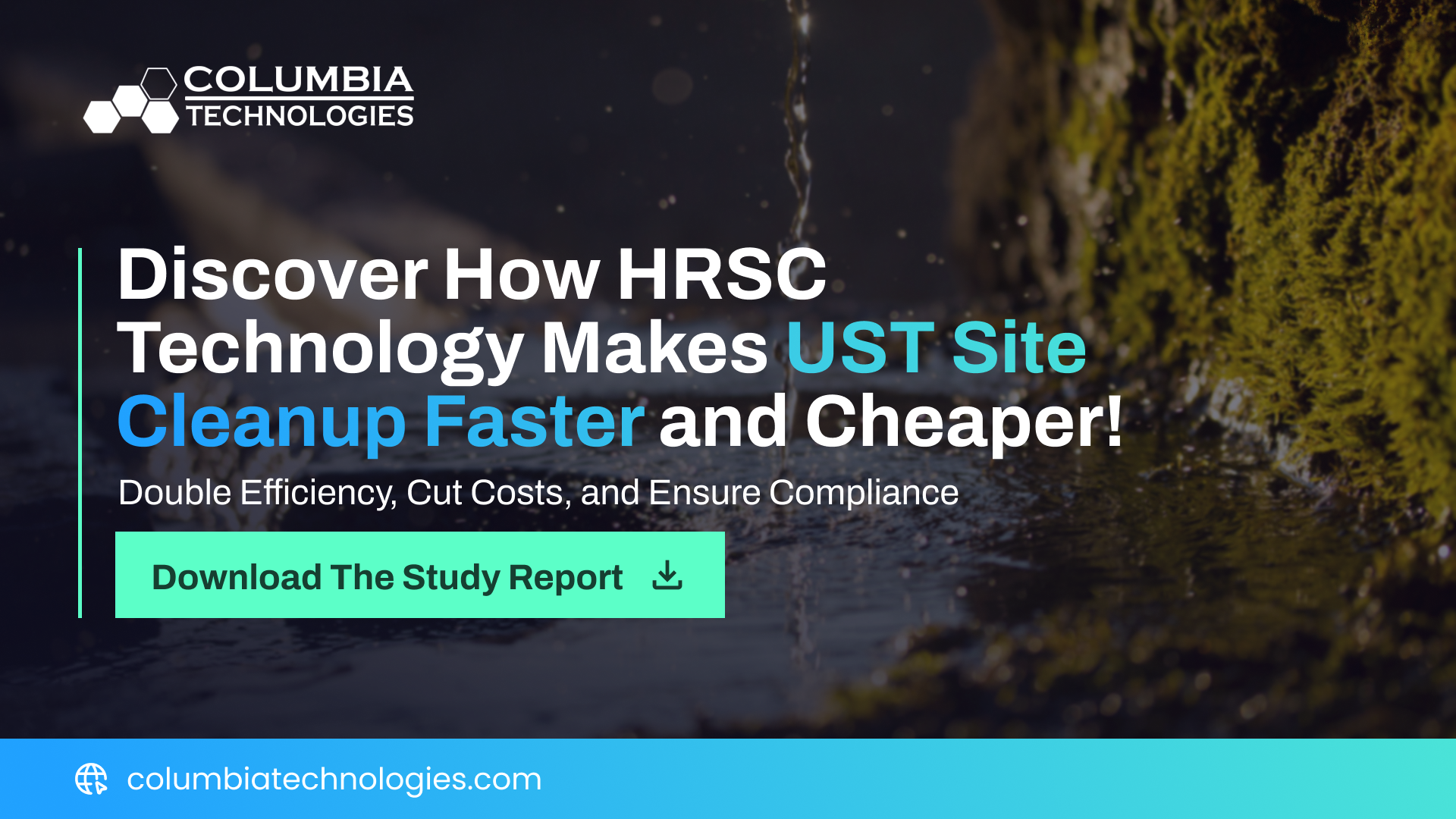Revolutionizing UST Site Cleanup with HRSC Technology
The environmental management of Underground Storage Tanks (UST) has reached a pivotal transformation, largely driven by advancements in High-Resolution Site Characterization (HRSC) technology. Recently, the 2023 EPA-sponsored study conducted by Industrial Economics, Incorporated has shed light on the profound impact of HRSC on the efficiency and economics of UST cleanup processes. This article delves into the study’s findings, illustrating the future of environmental management with HRSC at the helm.
The Persistent Challenge: Achieving Efficient Site Remediation
UST site cleanup has historically posed intricate challenges, demanding not only precision and efficiency but also rigorous adherence to evolving regulatory standards. Traditional methods, reliant on standard drilling and sampling, often fail to provide the comprehensive data needed for effective decision-making. These methods typically offer a fragmented view of subsurface conditions, leading to prolonged project timelines, increased costs, and uncertain outcomes.
According to the EPA HRSC study conducted by Industrial Economics, Incorporated, traditional site remediation techniques frequently fall short due to their inability to accurately delineate the extent and complexity of contamination. The report highlights several critical limitations:
- Inadequate Resolution: Conventional techniques often miss smaller pockets of contamination or fail to capture the full variability in subsurface geology, leading to incomplete contaminant removal and potential rebound of contamination levels.
- Time-Consuming Processes: The iterative nature of traditional methods, where data gaps require additional rounds of sampling and analysis, significantly prolongs project durations and delays site closure.
- High Costs of Uncertainty: Without precise characterization, remediation efforts can become unnecessarily extensive or intensive, inflating costs and resource usage. Traditional methods can also lead to over or under-treatment of sites, either of which imposes additional financial and environmental burdens.
The HRSC technologies, as detailed in the study, offer a compelling alternative by leveraging advanced geophysical methods and direct-push technology to achieve high-resolution characterization of contaminated sites. These technologies enable a more accurate and continuous understanding of subsurface conditions, facilitating:
- Enhanced Decision-Making: HRSC provides environmental professionals with detailed, real-time data that supports more informed and strategic decision-making. This capability is crucial for designing effective remediation strategies that are both cost-efficient and compliant with environmental standards.
- Streamlined Remediation Efforts: By providing a clearer picture of the contamination extent and geology, HRSC reduces the need for repeated testing and adjustments in remediation approaches, thus shortening project timelines.
- Reduced Risk of Non-Compliance: Accurate data reduces the risk of failing to meet regulatory cleanup standards, thereby minimizing potential legal and financial repercussions.
The study highlights HRSC's critical role in enhancing site remediation strategies. By providing a detailed analysis of soil and groundwater at contamination sites, HRSC technologies not only improve the accuracy of assessments but also significantly reduce both the time and cost associated with cleanups.
Understanding the Impact of HRSC
HRSC, or High-Resolution Site Characterization, employs advanced geophysical methods, innovative analytical testing, and sophisticated data analytics. This suite of technologies provides unparalleled clarity in understanding subsurface conditions, which is crucial for effective remediation planning.
Key Findings from the EPA-Sponsored Study:
- Enhanced Decision-Making: HRSC technologies offer a clearer picture of underground conditions, leading to more informed and confident decision-making.
- Cost Efficiency: The study documents an average cost reduction of 9% to 19% in project expenses, attributing savings to decreased needs for extended site investigations and monitoring.
- Time Savings: Projects utilizing HRSC were completed 3 to 8 years faster than those using conventional methods, highlighting the speed advantage of high-resolution techniques.
- Environmental Impact Reduction: The study also notes that HRSC technologies help in minimizing the environmental impact of remediation activities. By targeting the contaminated areas more precisely, the amount of earth disturbed and the volume of remediation chemicals used are both reduced. This leads to a lower overall environmental footprint of the cleanup operation, which is increasingly important in light of regulatory and societal pressures for sustainable practices.
- Broader Regulatory Compliance: With the adoption of HRSC, firms have found it easier to meet stringent environmental standards set by government agencies. The detailed data provided by HRSC supports more accurate compliance reporting and can be crucial in demonstrating adherence to environmental protection criteria, reducing legal risks associated with non-compliance.
Navigating Challenges and Enhancing Adoption
Despite its benefits, the adoption of HRSC faces hurdles such as the upfront costs, the complexity of data interpretation, and the need for specialized expertise. The study advocates for targeted educational initiatives and policy adjustments to foster broader adoption of these technologies.
Strategic Implementation and Future Directions
In light of the study's findings, integrating HRSC in environmental management practices is not merely advantageous—it's essential. For UST sites with complex geologies or sensitive nearby receptors, HRSC's detailed data significantly enhances strategy development and expedites regulatory compliance.
Toward a More Sustainable Future
The HRSC study is a roadmap towards more efficient and cost-effective environmental management. Industry stakeholders should meet current regulatory demands and future-proof their operations against evolving environmental challenges.
Transformative potential of HRSC technologies
The EPA HRSC study highlights the impact and potential of HRSC technologies in environmental cleanup.
As we navigate the complexities of UST remediation, the integration of advanced technologies will be pivotal in sustainable practices and managing risk.
Download the Full EPA HRSC Study Report
Enhance your understanding of HRSC's impact on UST cleanup—download the full report now and begin integrating these insights into your environmental management strategy.




